A crackling fire under an open sky is one of life’s simplest pleasures. Whether you're gathering with friends for an evening under the stars or savoring a quiet moment alone, your fire pit is the heart of your backyard retreat. But over time, exposure to the elements, heat, and debris can take a toll on its appearance and performance.
At Walden Backyards, we believe your fire pit should always look as good as the memories it helps create. This expert guide shares professional tips and smart maintenance habits to help your fire pit stay safe, efficient, and beautiful year after year.
Why Fire Pit Maintenance Matters
Routine care does more than just improve your fire pit’s appearance. It:
• Enhances safety by reducing buildup of flammable materials
• Prevents rust and corrosion
• Extends the lifespan of your fire pit
• Ensures better, cleaner burns
• Keeps your backyard looking polished and inviting
With just a bit of regular attention, your fire pit will reward you with warm, glowing fires and worry-free enjoyment for seasons to come.
1. Clean Out Ashes Regularly
Why it matters:
Ash is highly absorbent and retains moisture, accelerating rust in metal fire pits and staining natural stone. It can also obstruct airflow and cause smokey, inefficient burns.
What to do:
Let the fire pit cool completely. Use a metal scoop or small shovel to remove the ashes. Store the ashes in a sealed metal container until fully cooled. Then, you can either dispose of them or repurpose them in your garden (wood ash can enrich soil, but avoid using ash from treated wood).
Pro tip:
Don’t let ashes accumulate for more than a few uses. Ideally, remove them after every fire or at least once a week if used frequently.
2. Use the Right Fuel
Not all wood burns equally. The wrong kind can lead to excessive soot, residue buildup, and damage to your fire pit.
Best choices:
• Seasoned hardwoods like oak, hickory, and maple. These burn longer, hotter, and produce less smoke.
• Kiln-dried wood is ideal for cleaner burns and easier fire starting.
Avoid:
• Treated or painted wood, which releases toxic fumes and sticky residues
• Softwoods like pine or cedar that produce more creosote and smoke
• Trash or driftwood, which can corrode metal and produce unpredictable flames
Bonus benefit:
Using clean-burning wood keeps your fire pit and the surrounding area looking better and reduces your cleanup workload.
3. Protect from the Elements
Moisture, snow, and sun exposure are among the top reasons fire pits begin to deteriorate. Fortunately, protecting your fire pit is simple and effective.
Invest in a Quality Fire Pit Cover
A durable, weather-resistant cover prevents rain, snow, dirt, and leaves from accumulating inside your fire pit.
Look for:
• Waterproof materials like heavy-duty polyester or vinyl
• Secure fits to withstand wind
• Breathable fabric to prevent moisture trapping
Store Portable Fire Pits When Not in Use
If you have a lightweight, movable model, consider storing it in a shed or garage during the off-season or harsh weather conditions.
Cold climate tip:
If your fire pit is built-in, ensure footers are installed below the frost line or use a reinforced concrete base to avoid cracking in freezing temperatures.
4. Clean Thoroughly Every Season
While quick cleanups help after each use, give your fire pit a deep seasonal clean to keep it looking its best.
How to Clean Metal Fire Pits
1. Wait until the fire pit is completely cool.
2. Scoop out all ashes and debris.
3. Scrub the interior and exterior with warm, soapy water and a soft cloth.
4. Rinse thoroughly with clean water.
5. Dry completely with a towel to prevent rust.
Optional: Apply a protective oil or high-temperature spray coating designed for fire pit use to minimize future rust.
How to Clean Stone Fire Pits
1. Remove ashes and loose debris with a brush or vacuum.
2. Mix one part dish soap with three parts warm water.
3. Scrub the interior and exterior with a stiff-bristled brush.
4. Rinse thoroughly and let dry completely.
Avoid: Acidic cleaners or power washers that may damage natural stone surfaces.
5. Prevent Rust Before It Starts
Rust is a top enemy of metal fire pits. Preventing it is far easier than trying to remove it later.
Pro Prevention Tips:
• Always dry your fire pit after cleaning or rain.
• Store your fire pit in a dry place when not in use.
• Apply a thin coat of cooking oil or a rust-inhibiting spray to metal surfaces every few months.
• Avoid leaving water in your fire pit basin.
Already have rust?
Mix equal parts white vinegar and water, apply to the rusted area, and scrub with a wire brush. For stubborn spots, make a paste with baking soda and water and apply it directly to the rust. Rinse and dry completely.
6. Maintain Accessories and Cooking Surfaces
If you use grill grates or cast iron pans with your fire pit, they need care too.
Cleaning Grill Grates:
• Burn off food residue over high heat after cooking
• Once cooled, scrub with a grill brush or steel wool
• Coat lightly with cooking oil to prevent rust
Cast Iron Pans:
• Wash with hot water only (no soap)
• Dry thoroughly and re-season with oil
• Store in a dry, covered space
7. Place on the Right Surface
Protect your patio, deck, or lawn from heat damage by placing your fire pit on a non-combustible, heat-resistant surface.
Best options:
• Concrete
• Pavers
• Fire-resistant mats or pads
Avoid:
• Wooden decks without a heat shield
• Grass or mulch beds
Placing your fire pit correctly helps reduce cleanup, improves safety, and prevents long-term damage to your backyard space.
8. Watch Out for Buildup
If you notice blackened sides, sticky residue, or an unusually smoky fire, it may be time for a more aggressive cleaning.
Solutions:
• Burn only clean, dry wood
• Avoid resinous wood or fire starters with wax or chemicals
• Clean grates and the pit’s basin regularly
• Use a long-handled scraper or brush to clear away tough deposits
• Keeping buildup under control preserves the look and functionality of your firepit.
9. Practice Safe Extinguishing
Extinguishing fires the wrong way can damage your fire pit and shorten its life.
Never pour cold water on a hot metal fire pit. This sudden temperature change can warp or crack the surface.
The right way:
• Let the fire burn down to embers
• Use a snuffer lid or fire pit cover to smother flames
• Wait for ashes to cool completely before cleaning
10. Schedule a Routine Maintenance Plan
Stay ahead of problems by creating a simple seasonal fire pit maintenance plan.
After Each Use:
• Remove large debris
• Check for signs of rust or damage
• Wipe away moisture
Weekly:
• Empty ashes
• Wipe down surfaces
• Cover when not in use
Seasonally:
• Perform a full clean
• Inspect all parts (grates, legs, liner)
• Apply rust protectant
 Final Thoughts: Fire Pit Care That Lasts
Final Thoughts: Fire Pit Care That Lasts
A fire pit is more than just a backyard feature. It’s a place to unwind, celebrate, and connect. Taking the time to care for it pays off in longevity, safety, and overall enjoyment. With the right practices and tools, you can keep your fire pit looking and performing like new no matter how many fires you light.
Ready to elevate your backyard experience? Explore our handcrafted collection of premium fire pits, accessories, and maintenance tools at Walden Backyards. Built to last. Designed to inspire.





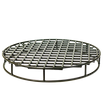
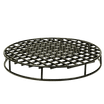
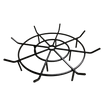

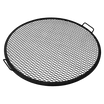

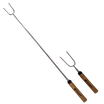

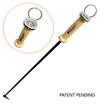
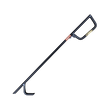
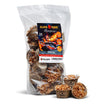
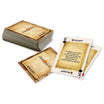

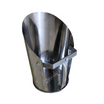
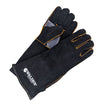
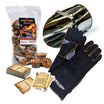
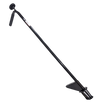
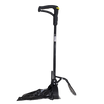
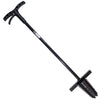
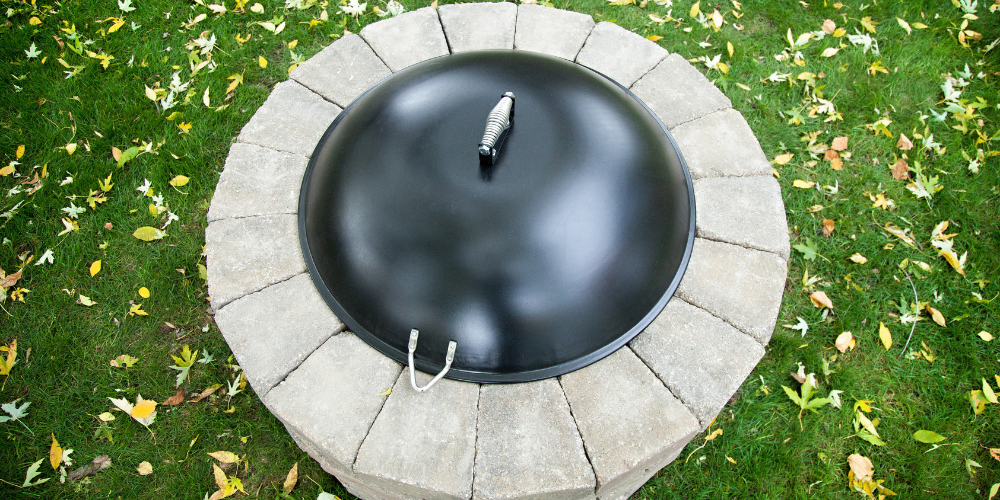

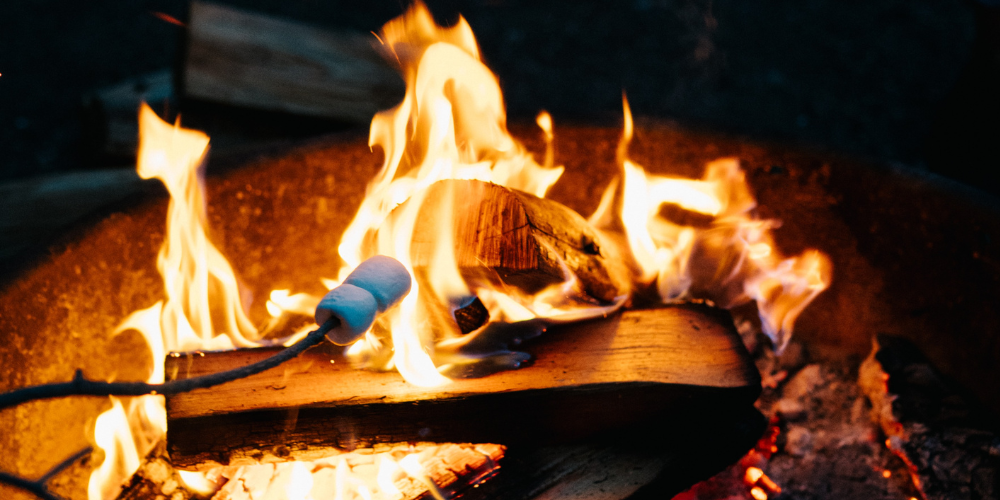
Leave a comment
All comments are moderated before being published.
This site is protected by hCaptcha and the hCaptcha Privacy Policy and Terms of Service apply.